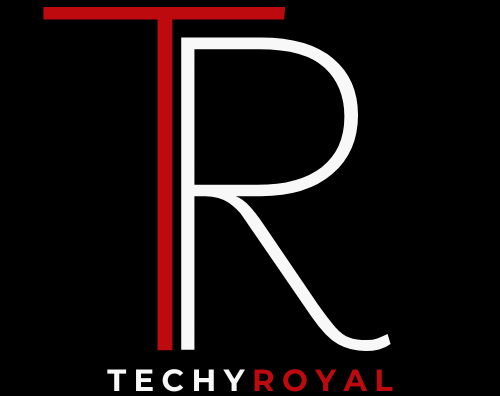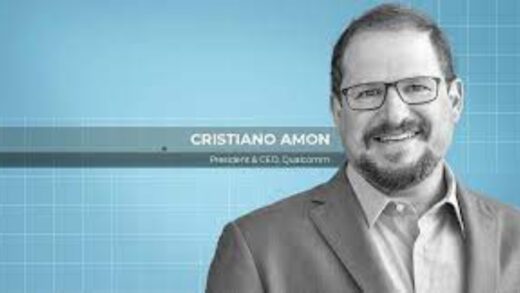From Vision to Factory: Erik Hosler Lays Out the Path to a Million Qubits
The focus of quantum computing has shifted from proving feasibility to demonstrating scalability. While machines with a few dozen qubits have already been built, addressing real-world problems will require millions of stable, coordinated quantum bits. Erik Hosler, a systems engineer fluent in both photonics and industrial production, highlights that quantum progress hinges less on theoretical thresholds and more on whether manufacturing can keep pace with ambition.
In this context, practicality becomes the benchmark. It’s no longer enough to demonstrate a working chip in a lab under ideal conditions. What matters is whether that chip can be produced repeatedly, identically, reliably, and in quantities that support real applications. It is precisely where the industry’s next great leap must occur in manufacturing the dream on a million-qubit scale.
Why a Million Matters
Quantum systems capable of practical workloads will require fault tolerance and the ability to correct errors without crashing the system. But fault-tolerant designs come with a heavy cost: each logical qubit (the kind needed for useful computation) must be built from thousands of physical qubits. When you factor in the redundancy needed to achieve long algorithmic runtimes, the math leads consistently to a million-qubit threshold.
A few hundred or thousand physical qubits can demonstrate feasibility. But reaching commercial impact: drug discovery, logistics optimization, and energy modeling requires far more. A million qubits isn’t a marketing milestone. It’s a technical necessity dictated by the nature of quantum error correction.
Rethinking Fabrication from the Ground Up
To reach this scale, companies must confront a hard truth: today’s quantum prototypes are not built with manufacturability in mind. They’re bespoke, fragile, and often incompatible with standard fabrication methods, which is a dead end for commercialization.
The alternative is to begin mass production as a constraint, not a goal. It means designing chips, qubit architectures, and packaging processes that align with existing semiconductor infrastructure from day one.
Silicon Photonics as a Scaling Strategy
Among the most promising approaches is silicon photonics, where qubits are encoded in individual photons routed through optical waveguides on silicon chips. These systems avoid many of the drawbacks of matter-based quantum architectures.
Most importantly, photonic circuits can be fabricated using modified versions of existing CMOS processes, opening the door to high-volume production.
The PsiQuantum Model
PsiQuantum has emerged as a leader in this domain, not just for its photonic platform but for its manufacturing-first mindset. Its chips are designed to run on commercial semiconductor fabs, using the same tools that produce billions of classical logic components annually.
Erik Hosler remarks, “PsiQuantum aims to build a million-qubit system, with manufacturing already underway.” This approach flips the conventional road map. Instead of building small and scaling up later, PsiQuantum builds the final scale immediately, then evaluates, iterates, and improves within that framework.
By embedding quantum computing into the logic of semiconductor production, the company removes one of the biggest barriers to scale: fabrication uncertainty.
Why Manufacturing Matters More Than Ever
Quantum computers are not like classical systems that tolerate variability or can recover from partial failure. Quantum circuits must be precise, geometrically, thermal, and temporally. Errors in fabrication introduce noise. Variation introduces decoherence. In a million-qubit system, even small inconsistencies cascade into failure. That’s why manufacturing isn’t just a production problem. It’s a functional constraint. Precision fabrication enables:
- Identical qubit behavior across modules
- Predictable interference patterns in photonic circuits
- Lower loss and higher fidelity in communication paths
- Simplified error correction routines due to device uniformity
Without these properties, scaling is academic.
The Value of Using Existing Fabs
PsiQuantum’s decision to work with commercial fabs isn’t about cost-saving alone. It’s about access to:
- High-throughput lithography with nanometer-level overlay control
- Mature process nodes tuned for repeatability.
- Automated yield analysis and defect detection
- Industrial-grade metrology that ensures in-spec production.
This ecosystem has been refined over decades to support the exponential scaling of classical chips. By adapting that ecosystem to quantum needs rather than starting from nothing, PsiQuantum sidesteps many of the delays and dead ends that have stalled other platforms.
Modular Architectures and Fault Tolerance
The manufacturing strategy also ties directly into system architecture. PsiQuantum’s model is modular: build many copies of a base chip and link them together optically. It mirrors how supercomputers are built and allows the company to scale functionality in steps and testing modules before integration.
It also supports fault-tolerant design. If one chip or module underperforms, it can be isolated or replaced. This resilience only works if the modules are manufactured to consistent standards, reinforcing the importance of semiconductor-style process control.
The Bridge Between Research and Utility
Historically, there’s been a gap between quantum research and quantum utility. Labs demonstrate narrow capability; businesses require broad reliability. The bridge between those two worlds is manufacturing discipline. It means:
- Designing for production from the start
- Aligning device specs with foundry capabilities
- Accepting the constraints of commercial process windows
- Optimizing not just for performance but for yield
That is what separates academic progress from industrial transformation.
The Long-Term Outlook
The million-qubit machine is not a short-term delivery. But it is a definable goal with a visible path. PsiQuantum’s model suggests that the path lies through:
- Photonic qubits that integrate cleanly with current tools
- Repeatable module production via silicon photonics
- Foundry partnerships that guarantee scalability
- Software and system design tailored for error correction and interconnect.
The complexity remains enormous. But the transition from lab to line, from invention to infrastructure, is finally underway.
From Vision to Fabrication
The dream of a million-qubit quantum computer will not be realized through physics alone. It will require manufacturing systems that scale, tools that repeat, and processes that hold up under real-world pressure.
By starting with this reality rather than working backward from idealized demos, PsiQuantum has charted a practical path. One that aligns quantum advancement with the mechanisms of mass production and turns aspiration into fabrication. Quantum computing will reach its inflection point not with a press release but with a production run.




